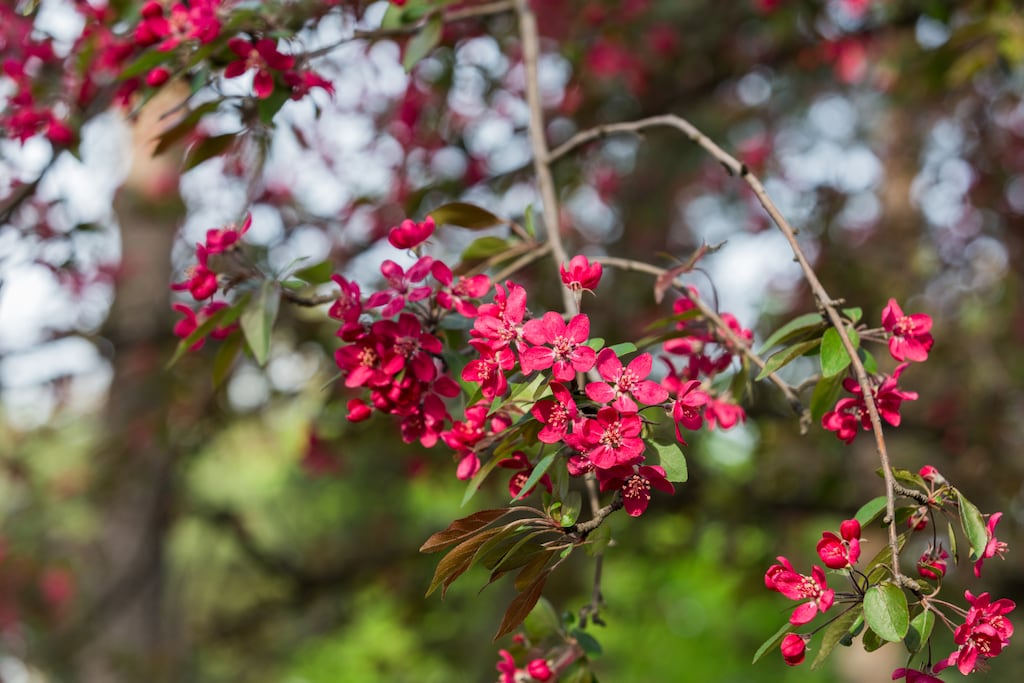Q: We have a Malus (ornamental crab apple tree) in our back garden, which has grown from small to its present 20ft over 15 years. It buds and flowers nicely, but then turns a bit shabby. It doesn’t seem like a healthy tree. Can you help? We are debating whether we need to remove it and replace it. If it does need to be removed, what replacement would you suggest? CF, Co Kilkenny

A: As much as it’s a wonderful small garden tree, the ornamental crab apple is also vulnerable to various pests and diseases including honey fungus, canker, scab, mildew and fireblight as well as aphids, codling moths, sawfly and capsid bugs. Judging by its purple leaves, your tree is very possibly the variety known as Malus ‘Royalty’, which is prized for its dramatically colourful leaves and dark crimson-pink spring blossom, followed in summer-autumn by lots of very decorative scarlet crab apples and then a final display of fiery autumn colour. While it’s difficult to tell from your single photo what exactly is causing the problem, I’d hazard a guess that it’s scab, which unfortunately this particular variety is especially prone to.
Apple scab is caused by a fungus known as Venturia inequalis which overwinters on fallen leaves as tiny spores and then infects the fresh, new foliage of the tree in spring, most easily in cool, wet weather. It causes blotching and spotting of the leaves, which then often fall prematurely fall in summer. The same disease also disfigures the tree’s pretty fruits, causing blotching, discolouring and cracking, and can make it more vulnerable to other destructive diseases such as canker.
Sadly there’s no cure, so my suggestion is to remove your tree (cut it up, bag and dispose of all the wood and foliage off-site or burn it) and then replace it with another species of similar size, growth habit and with multiple seasons of interest.
Actor Armie Hammer resurfaces as host of celebrity podcast
Heart-stopping Halloween terror: 13 of cinema’s greatest jump scares
Doctor Odyssey’s core message: just imagine Pacey from Dawson’s Creek holding you tight and saying, ‘Shhh, it’s okay’
Conor Niland’s The Racket nominated for William Hill Sports Book of the Year
Unfortunately, various kinds of scab can also affect mountain ash (Sorbus), hawthorn (Crataegus), pear, medlar and some species of Prunus, but great alternatives include varieties of Amelanchier lamarckii, Arbutus unedo, Cornus kousa var. chinensis, or Acer palmatum ‘Sango Kaku’.
Alternatively, you could consider replacing your crab apple tree with a variety known for its excellent resistance to scab such as Malus ‘Sugar Tyme’ or Malus ‘Red Jewel’ but this would still be a bit of a gamble.






